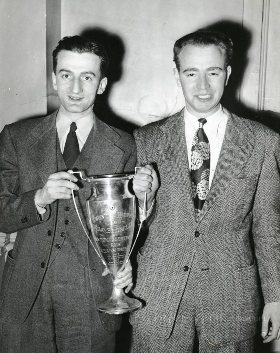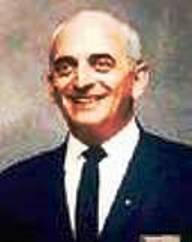Source: www.pzweifel.com
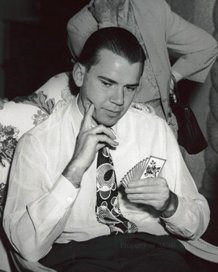
Back in the early to mid 1950’s, the tandem of Alvin Roth and Tobias Stone was arguably the premier match-point pair in the world. Knockout team play, on the other hand, was pretty much dominated by John Crawford and his cohort, Howard Schenken, Sam Stayman, George Rapee and B.J.Becker. One of the strengths of the Crawford team was its versatility: with one or two exceptions, any of the players could form a formidable partnership with any of the others. In those days, with teams consisting of a maximum of five players, this was important since it meant that anyone feeling under the weather could sit out a session without affecting his team’s performance. Nowadays of course teams almost always consist of three fixed pairs, and the idea of two players from different pairs playing together would be anathema.
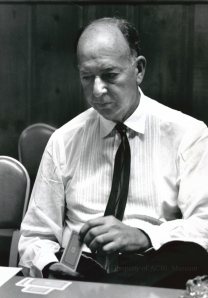
Eventually Stayman was invited to leave the Crawford team (ostensibly because he made too many psychic bids) and Sidney Silodor was recruited from the Goren team to take his place. Just a couple of years later, Schenken was ousted from the team, and a satisfactory replacement was never found. One of the unsatisfactory replacements was in fact Toby Stone, who never really made his mark in knockout team play.
Aside from bridge prowess, Roth, Stone, Rapee and Schenken were important bridge theorists. Rapee invented the mis-named Stayman convention and Schenken created (or at least popularized) the weak two-bid, two-over-one forcing and other important innovations.
But Roth and Stone were the only Americans up to that time to create a complete bidding system (later of course Kaplan and Sheinwold developed their eponymous methods). While the Roth-Stone System incorporated a number of features from other systems such as negative doubles, weak twos and five-card majors, it had novel features as well, such as the controlled opening psych, the unusual notrump and one no-trump forcing. But the main feature of Roth-Stone may have been the philosophy (now apparently obsolete) of sound opening bids in first and second positions, sound raises, and, especially, sound free bids. Two key words describing Roth-Stone might have been «Soundness» and «Discipline.»
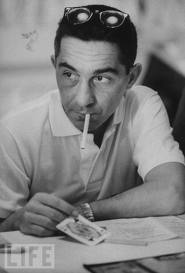
Under the not-too-gentle prodding of two of my partners, Larry Rosler and Roger Stern, I became an early convert to Roth-Stone. Of course I had studied their book in depth, but from time to time new features of the system appeared in the Bridge World, usually as a result of a novel situation which had arisen in some tournament, and Al’s and Toby’s attempt to cope.One example was «Two-over-one forcing to game.» While this never, as far as I know, became an official part of the system, it was de facto systematic because of the soundness of the Roth-Stone bids.
The hand that made this clear was one where Toby, first hand with a 4-4-3-2, made the systemic opening bid of one diamond and over Al’s two club response rebid his three card diamond suit! (In those days a two-notrump rebid promised extra values, being considered the equivalent of a reverse). When Al next bid three clubs, Toby, with no appreciable extra values, bid three no trump, a contract which he easily brought home.
Not too long after this I was playing in a sectional tournament in upstate New York with a friend of mine, Bob Pfeiffer. I picked up, third hand, AJ97 KQ85 876 K5 and opened one diamond (no four card majors, even third or fourth hand).
Over Bob’s two club response I made the Stone rebid of two diamonds hoping Bob would show a three-card major. When Bob bid two hearts, no doubt thinking that we were on our way to a notrump contract, I passed, soon discovering that despite the 4-3 heart fit we were in a wonderful matchpoint spot. (The two-club bid, while sound, was not even de facto game-forcing because Bob was a passed hand.) The complete deal:
What a contract! Perfect defense (a diamond lead and East persisting with a third round after he gets in with the spade queen) will hold it to two.* But West led a spade (who wouldn’t?) and we made three. Two notrump is
doomed on either a diamond lead or switch; clubs makes three, for the same score as two hearts, but without the chance of making an extra trick on less than perfect defense.
Thank you Mr. Roth. Thank you Mr. Stone. I knew that my partner would not shade his two-over-one bid even as a passed hand, and so would bid again. That meant I was safe in rebidding my diamonds, hoping that what did happen would happen.
* This defense will actually beat two hearts unless declarer ruffs the fourth diamond with the heart ace.
